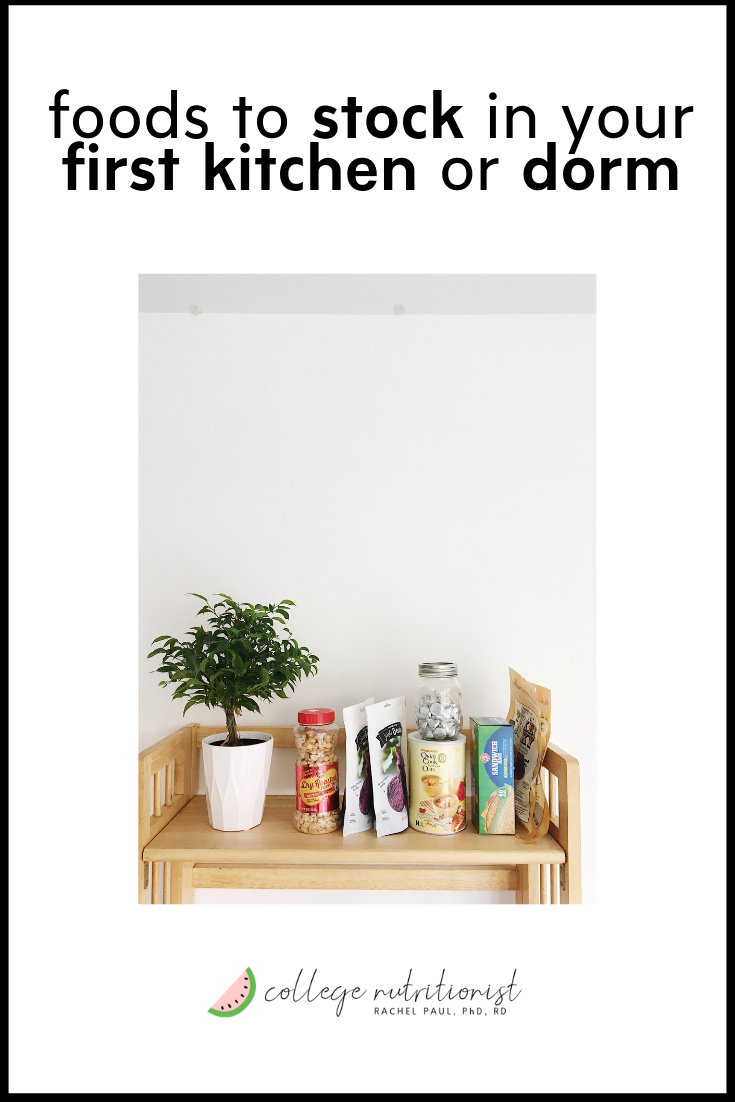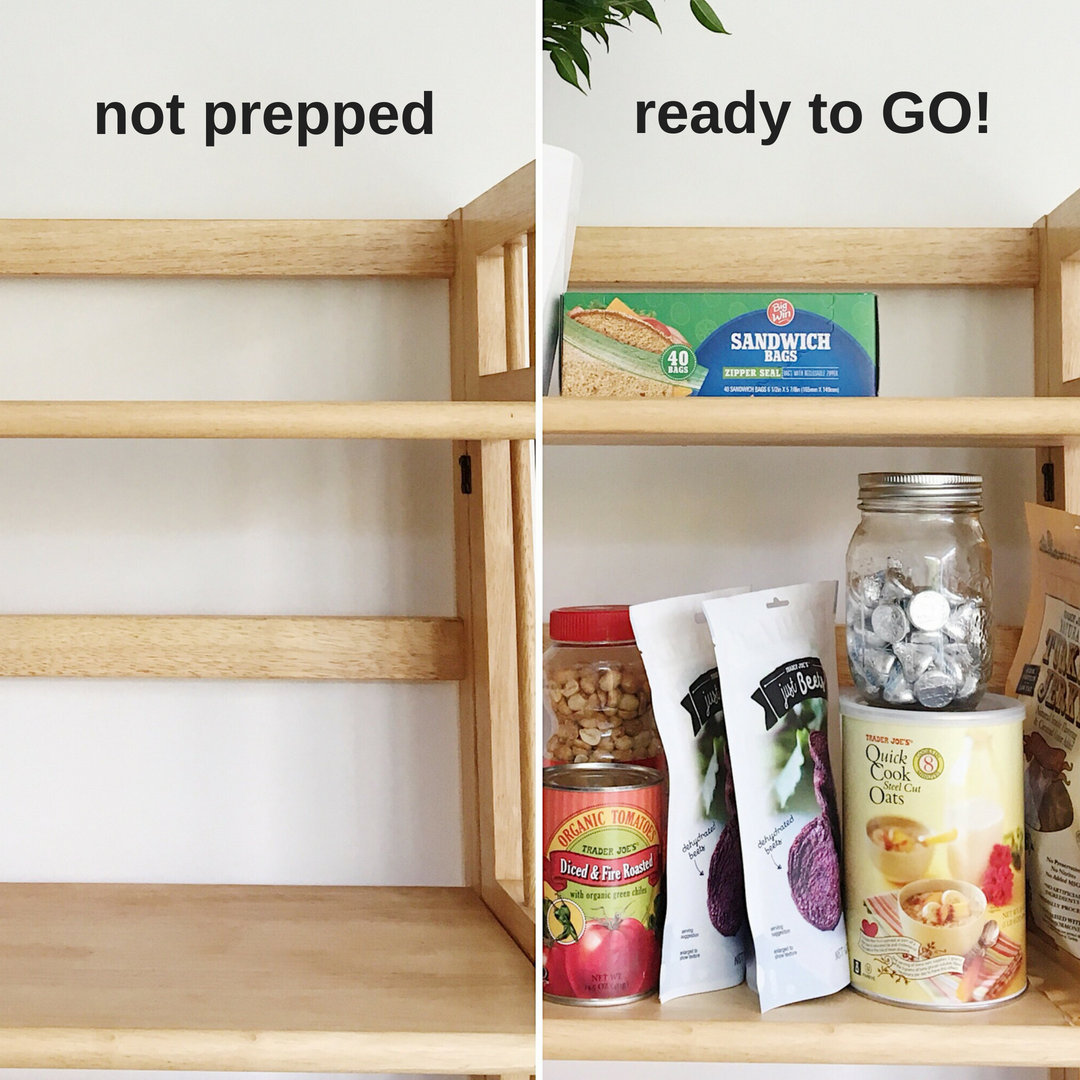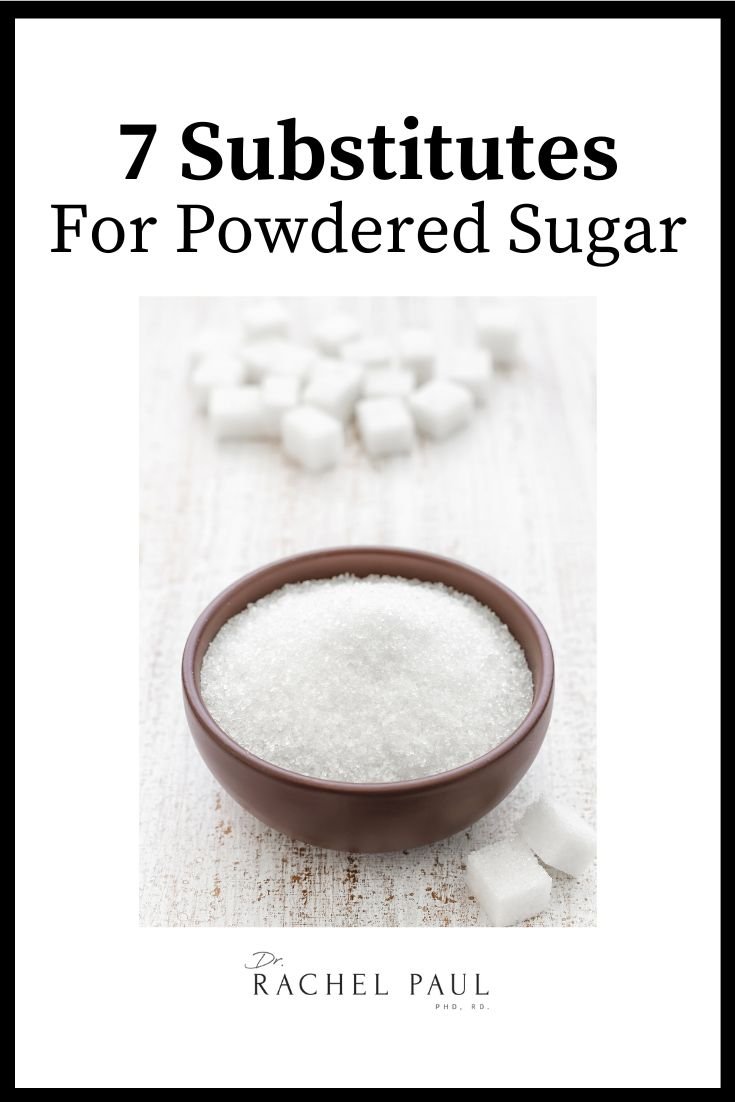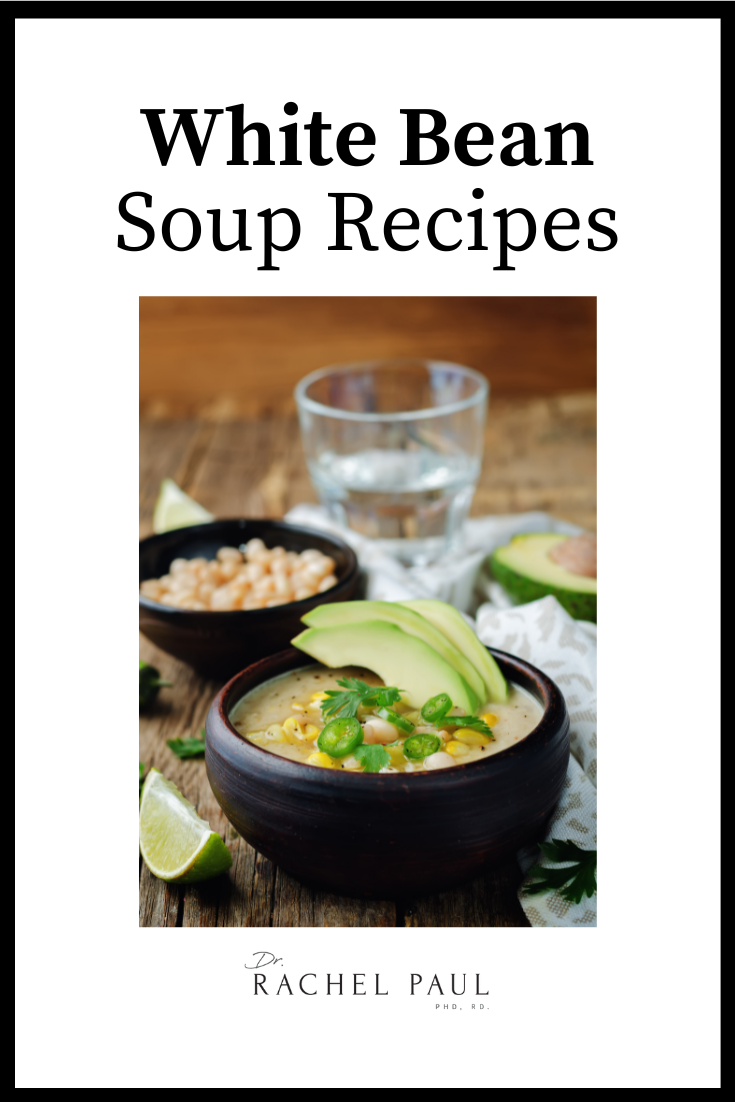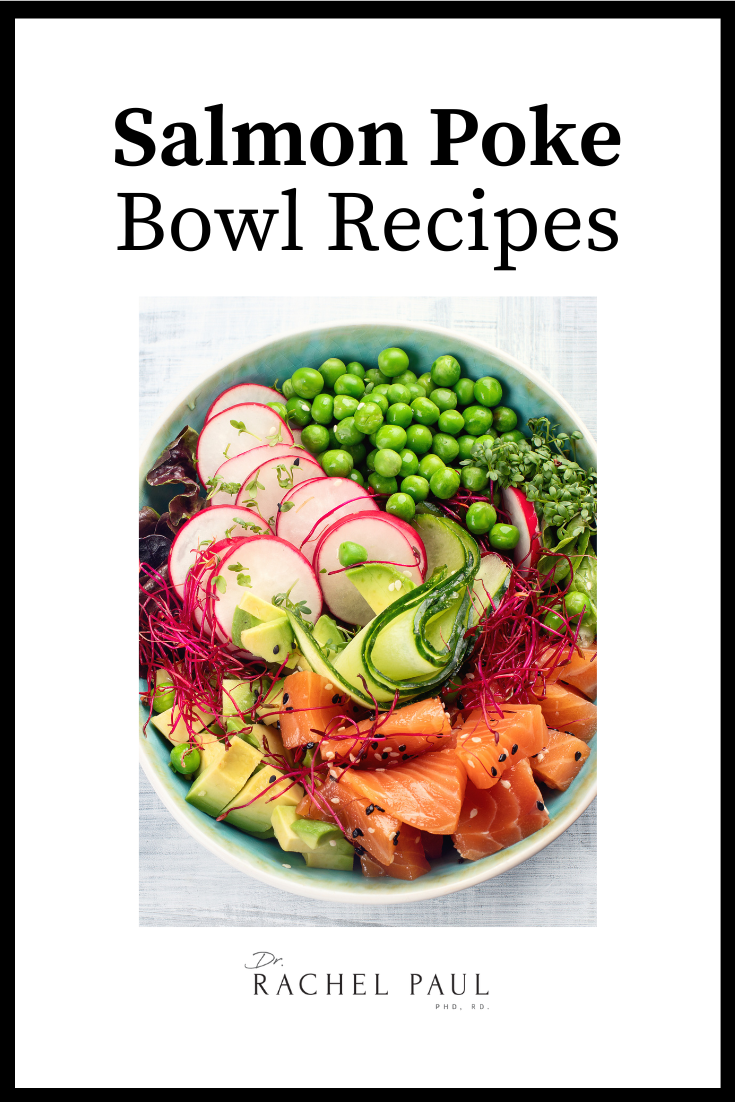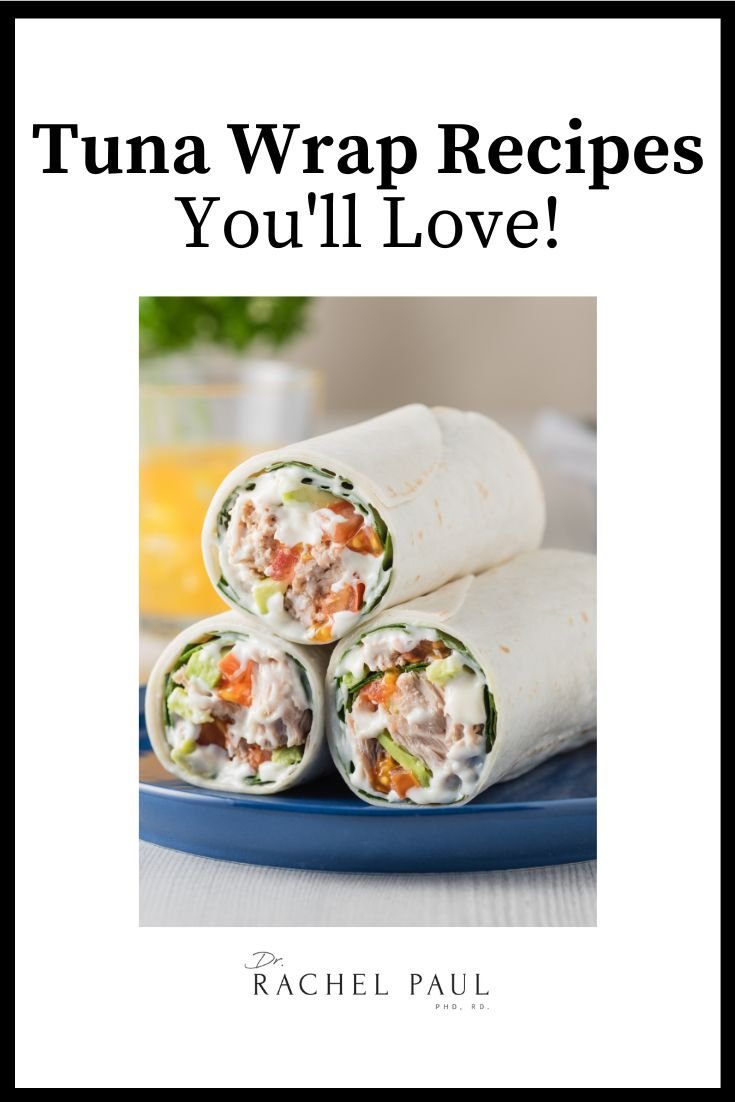Back to school is almost here! It always feels good to know you’re prepared at the start of the school year. This is also true at the beginning of each season, like fall, when we feel we’re getting a “fresh start”.
When I was living the college life, it was very important to me to feel like I was starting off the semester on the right foot. This included sorting out my grocery list, ordering food from Amazon, and heading to the grocery store (with my parents, obv) during Move-In Day. Even if you have a dining hall, having some snacks like protein bars in your dorm room is important.
My philosophy on food you keep in your dorm or apartment is that as a college student:
It should be relatively inexpensive food, especially when you’re figuring out what you’re actually going to consistently eat. That doesn’t mean mac and cheese all day!
It should be whole foods (not the store) – I mean the food should consist of wholesome, real ingredients
I primarily follow a low-carbohydrate approach, so the foods I recommend are generally of the low-carb variety
Many of the foods should last for a long time. It’s TOO STRESSFUL to feel like there’s so much fresh food in the fridge (or mini-fridge) that you have to eat asap. This way, you can truly choose what you WANT to eat, WHEN you feel like it. For these reasons, I highly stress finding good, wholesome food for the pantry and freezer that’s non-perishable. And maybe a few treats so that you can make yourself a mug cake on occasion!
Here are my top lists of foods to keep in your dorm or apartment!
FOR THE PANTRY
OATMEAL
Yes this isn’t a low-carb food, but it is one of the most filling whole grains. Choose a plain type in a large canister for the cheapest option, or individual packets for ease of portioning (still choose a plain, non-flavored type!)
Make it: I make it by microwaving 1/2 cup dry oats with about 1/2 cup of water. Top it with cinnamon and 1/4 cup nuts for a filling, complete breakfast or snack.
Sometimes though, having ready-to-go oatmeal cups can be helpful for when we’re on the go.
BAKED CHEESE CRACKERS
Before you get all up in arms, I don’t mean what you probably think I mean! There’s a new wave of truly baked cheese crackers that are ONLY made of cheese (no flour or other ingredients!) They’re typically made of parmesan, but companies are coming out with lot of new flavors. They’re tasty, and v. filling.
CANNED TUNA OR SALMON
Fresh protein is pretty expensive, so I like to have protein that stays good for a while. Canned tuna and salmon last for months. Try to find cans that are easy-open!
Many people haven’t tried canned salmon – but it’s delicious, a change from tuna, and has a lot of calcium especially when you eat the bones (it’s so good, promise!).
Make it: In a bowl, mix 1 can tuna (or salmon) with 1 Tbsp mayo, and top with Trader Joe’s Everything But the Bagel seasoning. Dip celery stalks as the chip/ pita/ or bread substitute!
VEGGIE CHIPS
I do NOT mean potato chips that are in the shape and color of veggies here. I mean true, vegetable chips!
These can give you a great crunch, but are very low calorie and have more fiber.
Stick with non-starchy vegetable options like:
-
Seaweed chips
-
Beet chips
-
Okra chips
-
Kale chips
Look at the ingredients panel to make sure there’s no flour or other strange ingredients. A little seasoning and salt is ok!
NUTS AND NUT BUTTERS
Nuts are seriously one of my favorite foods. They’re non-perishable (they last for months), and they’re so filling and satisfying – great sources or protein and fats.
I do recommend buying single-serving packs of nuts and nut butters to help with portion control. It’s just too easy to overeat nuts and nut butters – especially when we’re stressed.
Nuts are great to have as a snack on their own – or to have with a piece of fruit or string cheese for breakfast.
Here’s an article with my favorite nuts and nut butters.
FOR THE FRIDGE
EGGS
Eggs last a long time (a few weeks at least), and they’re very versatile. You can hard boil them (they last hard boiled for a week!), and you can even scramble them in the microwave.
Eggs make a great breakfast and snack. They’re a complete protein (they have all the amino acids you need to build muscle) and they’re VERY filing.
Make the perfect hard boiled eggs: In a pot, place 2-3 eggs. Cover with water, have water top eggs by 1-inch. Bring water to a boil (cover pot with a lid to make this process faster). Turn the heat off and let pot with lid sit for 10 minutes. Drain water after and let eggs cool down for another 10 minutes.
CHEESE
Cheese is also one of my fave foods to keep around because it lasts for a long time.
You guys know I love single-servings of foods because… portion control! You can get really creative with single-serving cheeses – there are so many types: string cheese, round cheese in wax, cheese slices, etc. Really, ANY kind you like is a-ok in my book.
SOME VEGGIES
Even though veggies do go bad, I do recommend keeping some around for munching, and completing a meal or snack.
Each week, get 1-2 veggies if you need to casually munch, like baby carrots, celery, or cucumbers.
FOR THE FREEZER
FROZEN VEGGIES
Frozen veggies are great – I think, primarily for the stress-free factor. I hate seeing fresh vegetables go to waste, but knowing there’s always veggies in the freezer I can easily microwave or stir-fry has been the way to go for me!
Stick with non-starchy frozen veggies like:
-
Broccoli
-
Spinach
-
Cauliflower
-
Carrots
-
Asparagus
Don’t go too crazy at first – try a few and see which ones you like, so you don’t waste too much money.
Make it: Microwave 2 cups veggies until warm. Top with grated Parmesan cheese and Trader Joe’s Everything But the Bagel seasoning.
FROZEN PROTEINS
The freezer is for more than just ice-cream! Frozen proteins are also great – for a lot of the same reasons as veggies. It’s better to not waste meats in the fridge – let’s prep ourselves for success!
Stick with proteins that don’t have a lot of additive ingredients. Here are some of my go-to’s:
-
Frozen shrimp
-
Frozen burger or turkey burger patties
-
Frozen chicken breasts
Make it in the Oven: Pre-heat the oven to 400 degrees. Line a cookie sheet with tin foil and spray it with a cooking spray. Bake 1 serving of protein (e.g. 1 b
urger patty) + 2 cups of veggies for 15-30 minutes (15 minutes for fish and meat, 30 minutes for poultry). If you’re cooking poultry, add the veggies in with 15 minutes left on the clock. Complete the meal with 100-200 calories of fats, like topping it with 1 slice of cheese.
DISHES AND CUTLERY
MEASURING CUPS AND SPOONS
Portion control is always key. I do recommend getting a set of measuring cups and measuring spoons to keep you on track.
If you’re not sure how much is right for you – I have a program that walks you through that here!
MICROWAVABLE BOWLS
These are life savers! Keep at least 2 around, especially if your kitchenette has limited equipment.
STORAGE & TO-GO CONTAINERS
Keeping some tupperware around definitely has its advantages, first of which is that you can stop eating when you’re full and save the food for later. No eating just to “clean the plate” please!
I prefer glass, but liquids can seep through. If you’re carrying food around in your bag, it may be safer (for your computer) if you use plastic containers – which hold liquids a little better.
Write your name on your items in sharpie so that no one steals them – or your food!
PLASTIC?
If you know you’re just not going to clean, having plastic bowls, plates, forks, and knives can be the way to go at first. Remember, your health is #1! Small sacrifices up front (e.g. plastic waste) can help you make lasting, healthful decisions in the long term.
